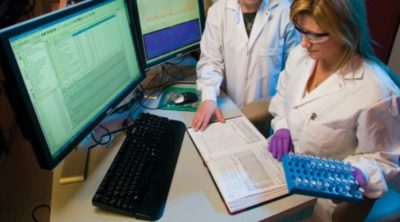The history of nursing in America has led us to the modern day, where many people consider nurses to be as valuable in their healthcare as doctors. The power and responsibilities of nurses range widely from their emergency care positions in hospitals to their personal care initiatives, even in the private sector. Some registered nurses offer private services, such as at-home care to patients who need it.
Nurses have become invaluable soldiers on the frontlines of American healthcare. Their history involves a long line of caring people that have paved the way for the over 3 million nurses working in this country today. From school nurses to nurse midwives, professional nurses help us stay healthy from the moment we’re born. Read on to learn more about how nurses entered the modern era.
The First Professional Nurses
The idea of nurses in the abstract dates back to 300 AD. The Roman Empire employed a form of the modern nurse in their hospitals. Under Charlemagne, this practice became common in Spain later that millennium.
For many hundreds of years, only the Catholic Church continued to employ nurses. Nursing as the profession that we know today really begins with Florence Nightingale.
Nightingale was a British woman who professionalized a group of nurses in 1854 to aid British soldiers wounded in Crimea. When she got back to England, she came up with a nursing education initiative that would train other women to do the same.
Her ideas (the “Nightingale Principles”) suggested that women who learned about health on a higher level could lead professional careers in healthcare. Thus, her program represents the birth of modern nursing.
History of Nursing in the United States
Nursing didn’t become common healthcare practice until healthcare moved out of the home. Until the 1800s, doctors visited homes while hospitals were only used for infectious diseases, fatal injuries, and other special cases.
Around the 1800s, however, hospitals began offering more comprehensive care. The difference in quality between institutions was huge, depending on what was available for a patient’s situation. However, nursing quickly became a necessity in the new system.
Dr. Joseph Warrington wrote a book in 1839 called The Nurses Guide, which was distributed to a Nurse Society and used to educate around 50 nurses on standards of healthcare. When the Civil War struck several decades later, these nurses became instrumental to the frontlines of care for soldiers in the North and South.
After that, nurse training courses formed in hospitals around the country. Professional nursing had begun.
Modern Nursing History
From the Civil War on, training for nurses (male and female) became more commonplace. Organizations formed to train and license them, such as the National League of Nursing Education. Their fields of care diversified when people needed them to.
The world wars and other events continued to reaffirm the need for nurses, leading to improved education courses and more widespread applications for the field.
The Takeaway
Today, nurses are commonplace in hospitals, though occasional shortages can still happen. In a high-birth year, the number of trained nurses may become strained. If the history of nursing has taught us anything, it’s that the essential services they offer in times of need are just as important in peace. In either case, their sacrifice is a blessing to all who receive it.


